During its 52-year long existence, the National Museum of Romanian History (MNIR) has grown its collection from 50,000 to over 18 million items, the museum's general director Dr. Ernest Oberländer-Tarnoveanu said on the occasion of the opening, in the presence of Culture Minister Raluca Turcan, of the temporary exhibition "GIFTING. Donations, acquisitions, recoveries, archaeological discoveries" that showcases items from the museum and the country's cultural heritage.
"Despite everything that is being said, Romania's heritage isn't that rich and is not endless and inexhaustible either. Therefore, museum institutions have the primary task of collecting, protecting and enhancing this heritage. In fact, museums live through their heritage, through their collections and through the people who work and watch over them, study them and bring them into the light. Of the more than 18 million items, 16 million are the national philatelic collection that has become part of our heritage, but in the last ten years, our collection has grown by over 100,000 objects, some of a rarity and a beauty that we, as professionals, would never have imagined that we'd get to see at the National Museum of Romanian History," said the MNIR director.
"Let me tell you that of the 100,000 items that entered the museum's collection in the last ten years, more than half come from donations (...) from people who were not only enlightened, but also very generous," said Ernest Oberländer-Tarnoveanu.
"Apart from donations, the collection also grew through acquisitions funded from our own resources and through purchases made by virtue of the Culture Ministry's pre-emption right, and you will see in the exhibition the latest jewel of the crown, an 1567 cup of the Transylvania and Tara Barsei miners' guild, a masterpiece of Romanian Renaissance art which was acquired about a month ago, or Queen Maria's notebook. (...)," the MNIR director explained.
He went on to say that archeological research is the third source of enrichment of the MNIR collections.
"The museum manages 11 archaeological sites throughout the country, that cover discoveries from the Neolithic to the Middle Ages. (...) In addition to the current excavations, we did some digging in our own storage facilities, and in the last decade, thousands of un-inventoried objects were entered into our heritage catalogues," Ernest Oberländer-Tarnoveanu said.
The MNIR director also mentioned the cooperation with the judicial institutions for the recovery of Dacian gold pieces and of the hoards of Dacian gold and silver coins.
"Today, I can safely say that the National Museum of Romanian History is the richest public institution after the National Bank. Our heritage is valued at over RON 1.75 billion, and alone our purchases this year and our future catalogue additions will surely take this amount past RON 2 billion," he stated.
The exhibition is open for visits until September.

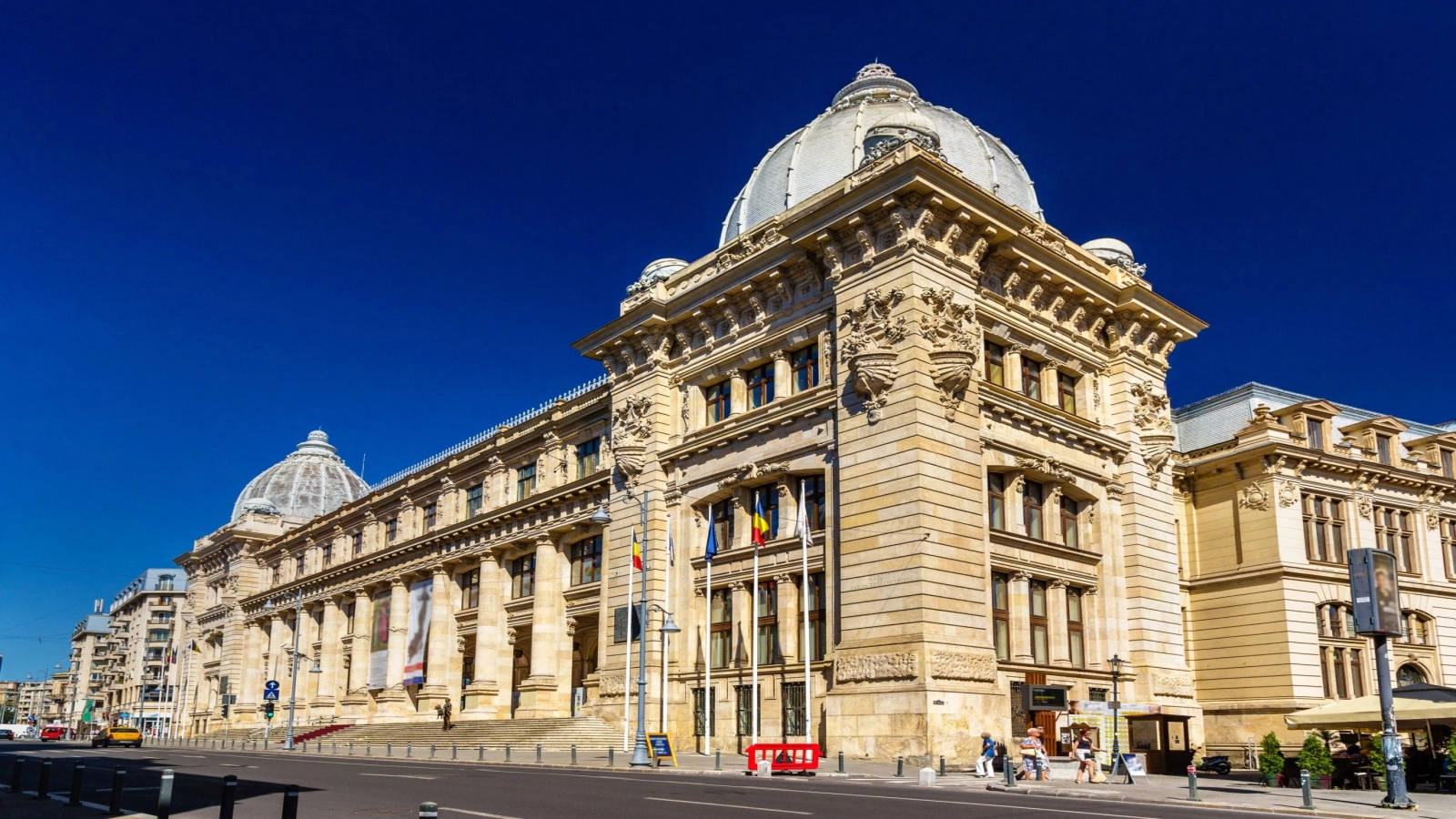




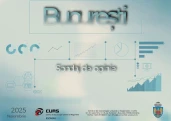


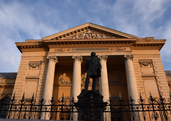

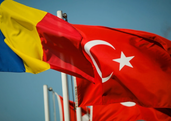
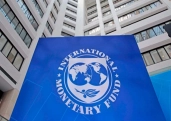
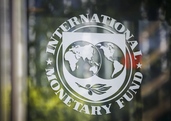
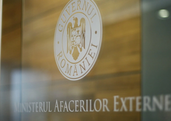
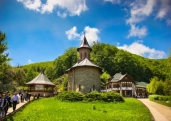







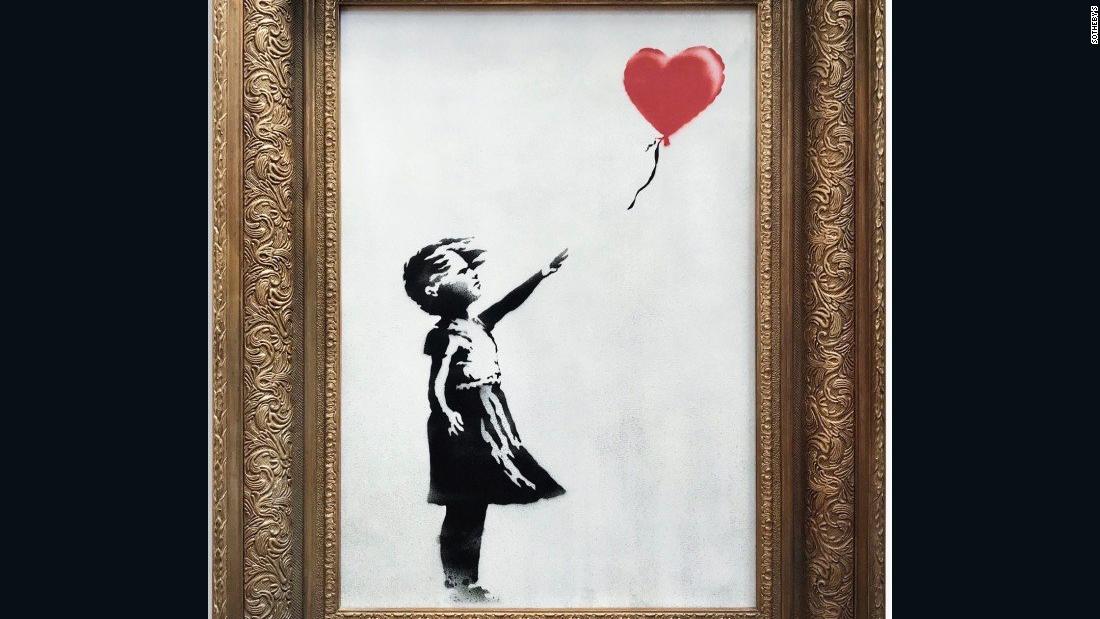


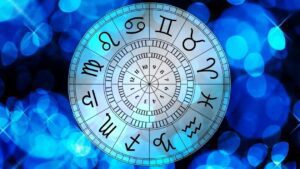



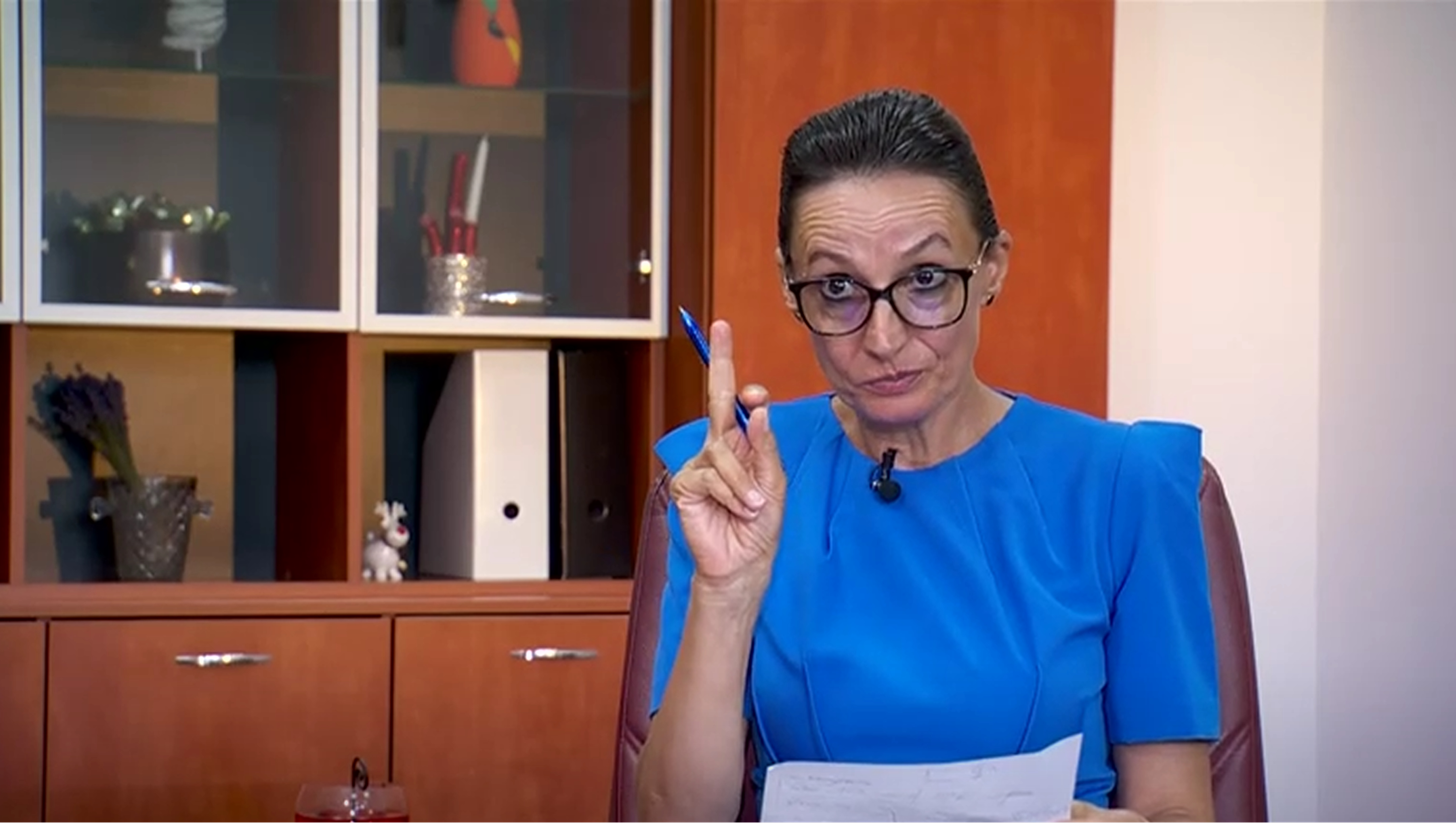


Comentează